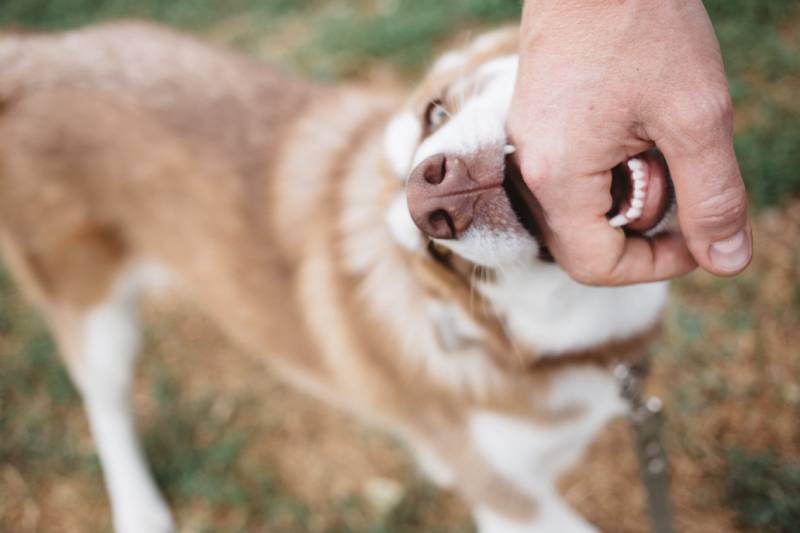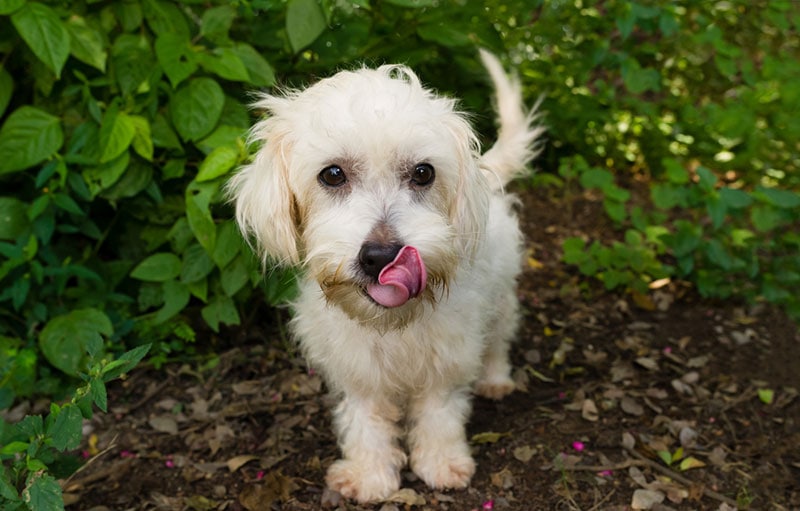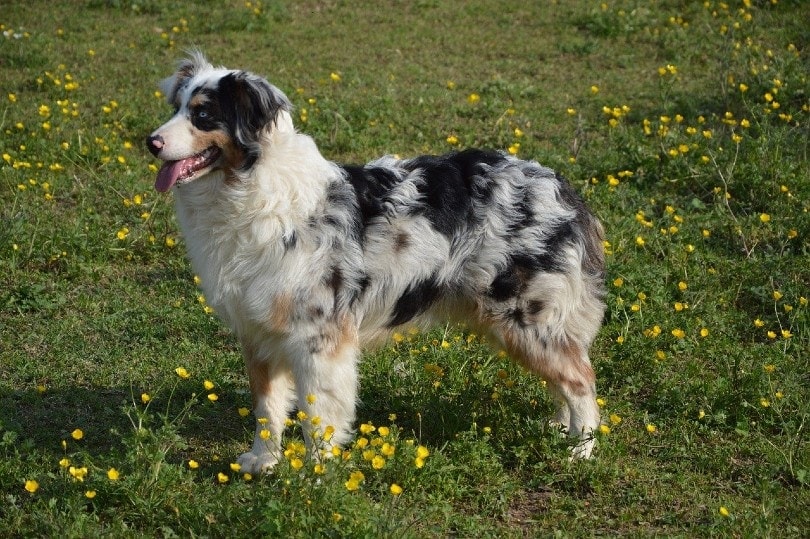Why Does My Husky Bite Me? Dog Behavior Explained
Updated on

Dogs and humans have lived together, thanks to domestication, for at least 20,000 years. Romanticized accounts suggest people and a now-extinct wolf ancestor bonded and became fast friends. However, these stories ignore the fact that these animals were competitors to early humans. Their relationship wasn’t likely as rosy as they suggest. That history provides some context for the question at hand.
Regardless of our time together, dogs have retained instincts from their life in the wild. Therefore, some reasons why a Husky would bite relate to these instincts. Others result from training and socialization—or a lack thereof. Understanding dog behavior is complex. However, it’s a worthwhile pursuit to become a more responsible pet owner. So, why exactly is your Husky biting?
How Huskies Compare to Other Breeds
Let’s begin with some data to put Huskies in context with other canine breeds to see if they are any more likely to bite than other dogs. A review by the American Veterinary Medical Association (AVMA) compiled the statistics of reported incidents that give us a clear picture. The canines that tallied the most ticks included German Shepherds, mixed breeds, Pit Bull-type breeds, Rottweilers, and Jack Russell Terriers.
The German Shepherd Dog appears frequently in the data. However, this breed is often a guard dog and is widely used in the military and law enforcement. The other significant point is prevalence. The places where Siberian Huskies and sled dogs appear in the data are areas where a greater number exist. That makes understanding the context of the figures critical. It’s the difference between knowing the absolute number versus the relative one. The latter is more compelling.
Two other points are worth discussing. First is the proper identification of the dog. One study found that even knowledgeable individuals have difficulty correctly identifying the breed involved in biting incidents1. One could easily mistake a Siberian Husky for an Alaskan Husky, Alaskan Malamute, or any other spitz-like dog, thus skewing the numbers.
Second, the CDC no longer tracks breed data since it’s not a definitive predictor of behavior2. Like many authorities, the agency recognizes the significant role of training and socialization in dogs. The sweetest of pups can become aggressive with irresponsible pet ownership and cruel treatment. Even when someone gets a puppy can affect the incidence of behavioral problems, especially if separated under 8 weeks old.

Why Huskies — And Other Dogs — Bite
If the statistics can’t bring clarity to the issues, let’s delve into biting triggers. Many think biting injuries occur when a strange dog attacks an unwitting victim. The fact remains that most incidents happen with children interacting with a familiar dog. It could be during everyday play when things simply have gotten out of hand.
Dogs also bite out of fear. Again, a child acting aggressively toward a pet may elicit similar behavior. That’s why it’s imperative for parents to teach their kids how to treat dogs and the importance of giving them their space. Some pups are protective over their food and toys, which a child might not understand. A sick or injured pooch may also nip just because they aren’t feeling well.
Two fear impact periods occur during puppy development. One happens between 8 and 12 weeks, and the other between 7 and 14 months. They may leave lingering scars that persist into adulthood. The fact remains that many biting occurrences are often preventable. Therefore, it’s essential to recognize the situations and potential triggers before something unfortunate occurs.
The Husky’s Personality
The Siberian Husky is a loyal pet with an independent streak that comes from their history as working dogs. This pup loves to run, as is fitting with a sled dog. They get along with other canines and can be quite vocal sometimes. They’re more inclined to be affectionate and loving pets, and Huskies are very playful and energetic.
The last statement may underscore some biting issues with this breed. A pup may simply get too excited during playtime and nip in the heat of the moment. Therefore, you can likely attribute some things to a Husky being a Husky. That may not mean aggression but, rather, just excitement in the moment. Remember that this pup has seemingly endless energy that it may channel into biting.

Preventing Dog Bites
Preventing dog bites starts with education. Understanding the breed’s personality and quirks is essential. Energy is the overriding factor. It’s also vital to teach children how to behave around a dog. The chances are anything you convey to them will apply to any canine breed. After all, any dog can bite. It’s critical not to set the trajectory in that direction.
Pet owners should prioritize early socialization and training. A dog is most malleable when young. Set the right precedent from the start. You can eliminate many situations that can cause fear by exposing your pet to novel things when young. Walks in the neighborhood offer an excellent way to introduce your pooch to new people and pets. You should also consider taking your dog to dog parks.
You know your pet the best. Pay attention when in new situations or with children or new people. Learn to recognize the signs that your pup is uncomfortable or fearful. Don’t wait until it ends in aggression to intervene. The same advice applies to your interactions with your dog. Tempers are more likely to flare if they are hungry, angry, sleepy, or hurt.
Final Thoughts
Huskies aren’t necessarily more likely to bite than other dogs. Common sense must prevail when interacting with this breed or any other pup. It starts with respecting the animal’s space and state of mind. It’s also essential to teach kids how to engage with their pets. We recommend supervising playtime, especially with young children, to avoid situations in which a dog may bite.
Featured Image Credit: Aleksandra Baranoff, Shutterstock











